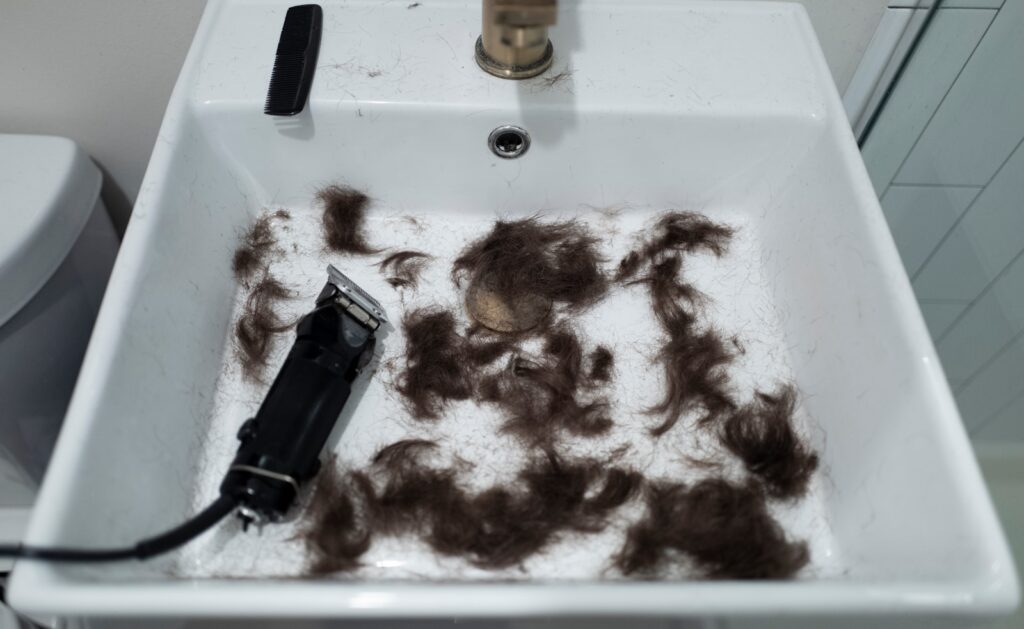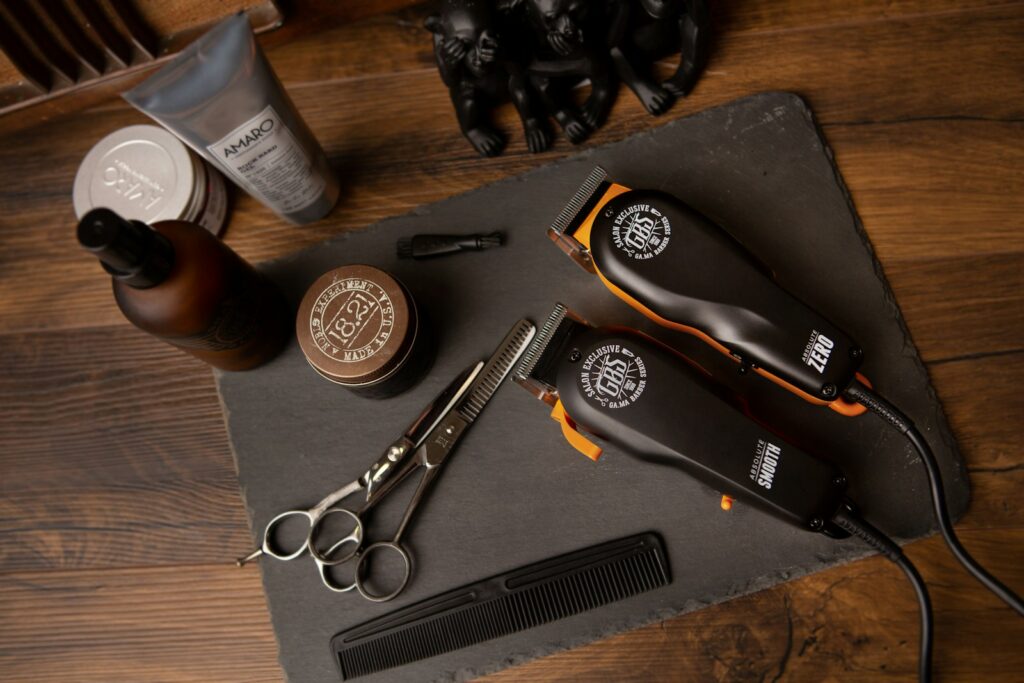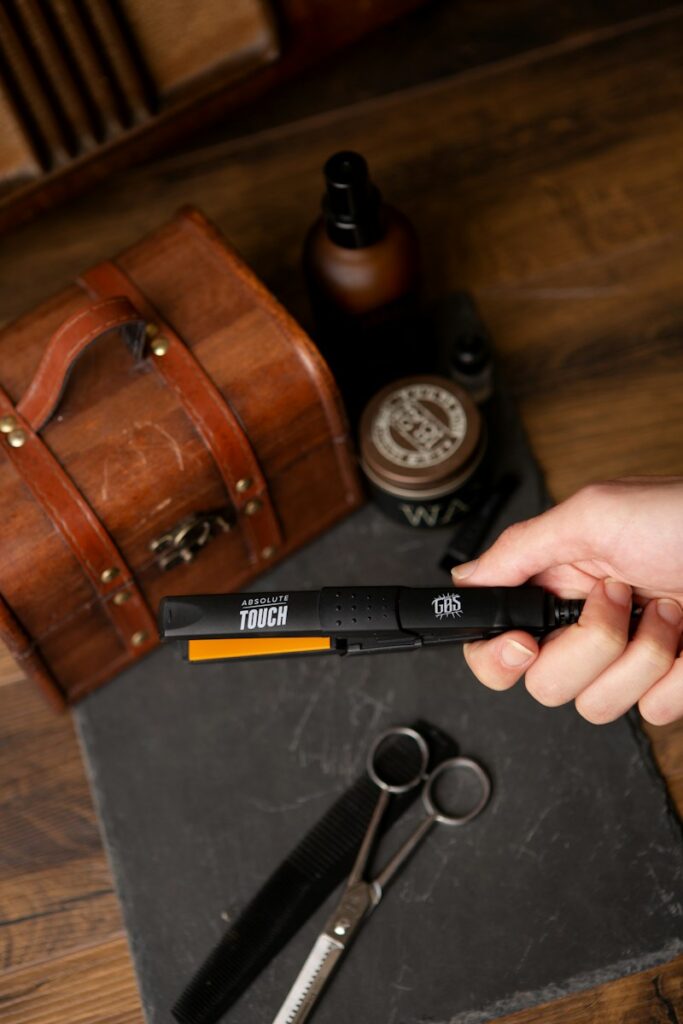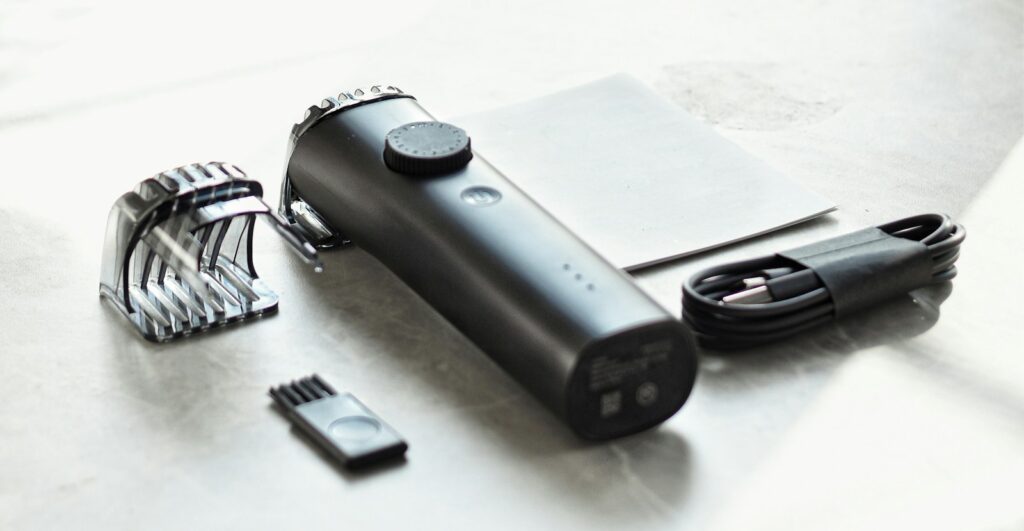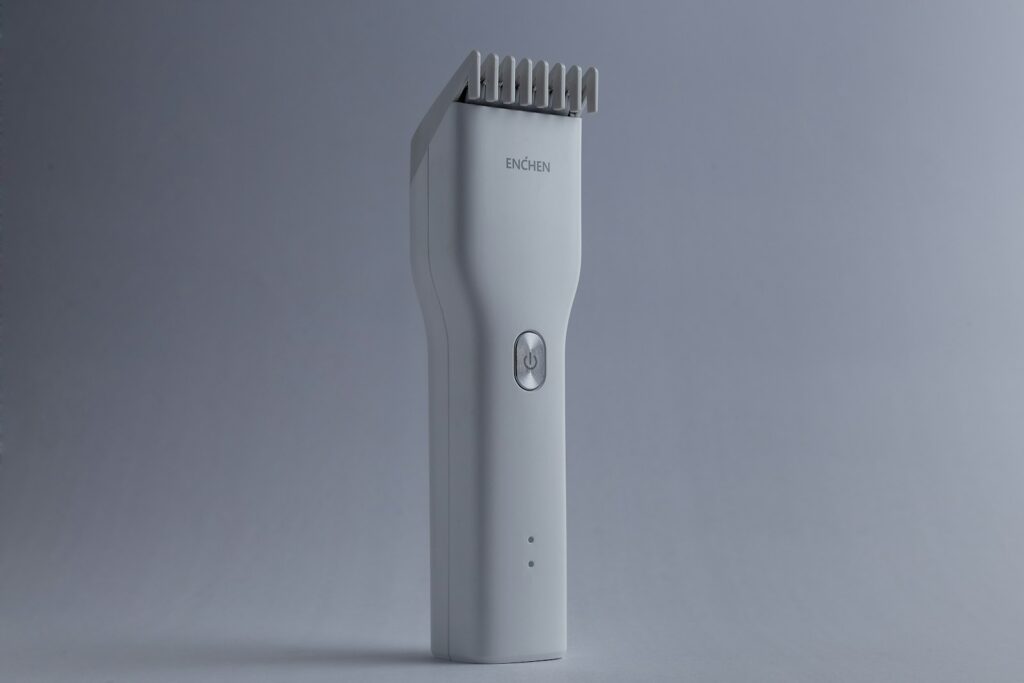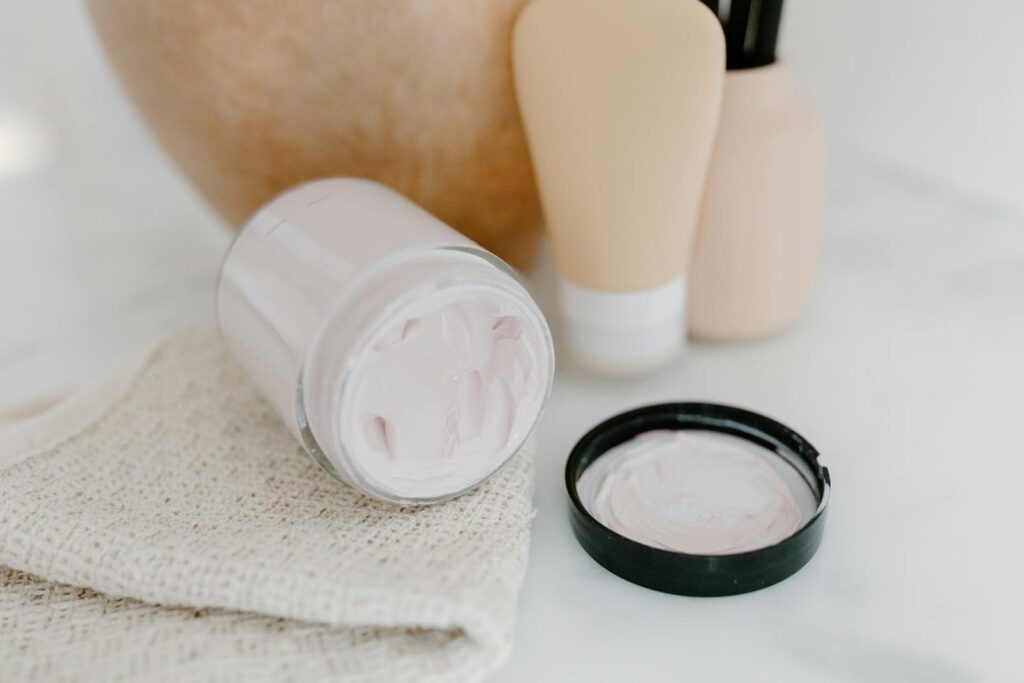The decision of whether to trim chest hair is a matter that extends beyond mere grooming practices; it embodies a complex interplay of personal choices and societal influences.
From accentuating muscle definition to embracing natural attributes, the considerations are multifaceted.
By exploring the motivations and implications behind chest hair grooming, one can gain a deeper understanding of the significance attached to this seemingly simple decision.
But where does the balance truly lie between grooming and natural presentation?
The answer may surprise you.
Key Takeaways
- Chest hair growth is influenced by hormonal changes during puberty.
- Patterns of chest hair vary, including sternal, pectoral, and infraclavicular growth.
- Shaving chest hair can enhance a neat appearance and boost confidence.
- Trimming chest hair requires proper techniques and aftercare for optimal results.
What About Chest Hair
When considering chest hair, it’s essential to acknowledge the various aspects of its development and growth, as well as the patterns and characteristics it presents.
Understanding how chest hair develops, its thickness, coverage, and texture, can influence grooming decisions and personal preferences. These factors play a crucial role in determining whether individuals choose to trim or maintain their chest hair, aligning with their desired aesthetic and cultural norms.
Development and growth
The development and growth of chest hair in men is primarily influenced by the onset of puberty and the increased levels of androgens in the body, marking it as a secondary sexual characteristic.
- Chest hair is terminal hair that develops due to rising androgen levels during puberty.
- Men tend to have more terminal hair on the chest, abdomen, and face.
- Development typically begins in late puberty, around ages 12 to 18.
- Some men may experience chest hair growth starting between 20 and 30 years old.
- Growth continues progressively over time, with many men not reaching full chest hair development until their twenties.
Patterns and characteristics
Numerous distinct patterns and characteristics define the growth of chest hair in men, shedding light on the diverse ways in which terminal hair can manifest on the chest region.
- Sternal: Hair growth along the sternum.
- Pectoral: Hair growth on the pectoral muscles.
- Infraclavicular: Hair growth below the clavicle.
- Androgenic Hair Growth: Understanding the development of chest hair in relation to androgenic changes in the body.
These patterns, including the pecto-sterno-infraclavicular pattern, showcase the variability in chest hair growth.
Additionally, abdominal hair, a type of androgenic hair, can also develop in the region between the chest and pubic area, further adding to the diversity of male hair patterns.
Should You Shave Chest Hair?
Considering the impact on personal grooming and aesthetic preferences, the decision to shave chest hair is a choice that many individuals deliberate over. Some men opt to shave their chest hair for various reasons, including aligning with current grooming trends and boosting self-confidence in certain social settings. On the other hand, there are those who prefer to maintain their natural, manly chest hair patterns.
Here are four key points to consider when contemplating whether to shave your chest hair:
- Aesthetic Preferences: The decision to shave chest hair often comes down to personal aesthetic preferences. Some individuals feel more confident and attractive with a smooth, hair-free chest, while others prefer the natural look and feel of their chest hair.
- Social Norms: Societal norms and trends play a significant role in the decision to shave chest hair. In some circles, a clean-shaven chest is considered more fashionable and appealing, while in others, a more rugged and hairy chest is embraced as a symbol of masculinity.
- Partner Preferences: For some individuals, the decision to shave chest hair may be influenced by their partner’s preferences. While some partners may appreciate a smooth chest, others may find the natural chest hair attractive and manly.
- Personal Comfort: Ultimately, the choice to shave chest hair should align with personal comfort. It is essential to consider how you feel most comfortable and confident, whether that involves trimming, shaving, or leaving your chest hair untouched.
How To Trim Chest Hair
When it comes to trimming chest hair, following a few essential steps can help achieve a neat and well-groomed look. Starting with trimming after a hot shower can soften the hairs for easier grooming and using the right tools with appropriate settings is crucial for achieving the desired length.
Remember to comb through the chest hair to manage any knots and tangles before proceeding with the trimming process.
Trimming chest hair
To achieve a well-groomed appearance when trimming chest hair, it is advisable to begin by taking a warm shower or bath to soften the hair for a smoother removal process. This initial step can make the trimming experience more comfortable and effective.
To further enhance your chest hair trimming routine, consider the following tips:
- Use a quality trimmer designed for body grooming.
- Trim in the direction of hair growth for a more even result.
- Start with a longer guard length and gradually decrease for desired length.
- Regularly clean and maintain your trimmer for optimal performance.

Philips Norelco Multigroomer
Series 3000
- 13-in-1 Grooming Kit
- Self-Sharpening Steel Blades
- Fully Washable

MANSCAPED
The Beard Hedger
- 20-Length Adjustable Blade Wheel
- Stainless Steel T-Blade
- Cordless Waterproof Design
Shower before shaving
Is it beneficial to prepare your chest hair for trimming by taking a warm shower beforehand? Before using a trimmer to remove body hair from your chest, consider taking a warm shower or bath. This practice is helpful as warm water softens wiry chest hair, making it easier to trim.
The warmth also opens up hair follicles and eliminates dead skin and oils, preventing your razor blade or shaver from snagging.
Post-shower, running a comb through your chest hair can untangle any knots, ensuring a smoother trimming process.
Here is a table highlighting the benefits of showering before trimming:
| Benefits of Showering Before Trimming |
|---|
| Softens chest hair for easier trimming |
| Opens up hair follicles |
| Clears away dead skin and oils |
| Helps prevent razor blade snags |
Shave chest hair
After preparing your chest hair by showering and untangling any knots with a comb, the next step in trimming chest hair is to lather up with shaving gel to hydrate the hair and allow the shaver or trimmer to glide smoothly over the skin, reducing the risk of ingrown hairs.
- Ensure your blades are sharp before starting.
- Begin shaving from the outer chest hair towards the center.
- Pull the skin tight for a closer shave, using short light strokes.
- Rinse the shaver’s blades regularly to prevent hair buildup.
When trimming your chest hair, pay attention to any transition to stomach hair to maintain a natural look. Consider using a body hair trimmer or electric trimmer for precision and ease of use.
Rinse and dry
Following the completion of shaving your chest hair, it is advisable to thoroughly rinse the area to remove any remaining stray hairs and shaving gel residue.
Exfoliation and moisturising play crucial roles in aftercare to maintain soft and hydrated skin on the chest. Utilizing a scrub or exfoliating cloth can help in keeping the chest area smooth, while moisturising can prevent dry patches and soothe the skin.
When applying moisturizer, gently pat your chest dry with a towel to prevent irritation. Proper aftercare not only helps in preventing shaving rashes but also ensures a comfortable and healthy chest grooming routine.
Tips for Avoiding Irritation and Ingrown Hairs
To minimize irritation and prevent ingrown hairs when trimming or shaving chest hair, it is essential to follow proper grooming techniques and skincare practices.
- Exfoliate regularly to remove dead skin cells and reduce the risk of ingrown hairs.
- Use a sharp razor or trimmer with clean and well-maintained blades.
- Shave or trim in the direction of hair growth to minimize irritation.
- Avoid applying excessive pressure, as it can cause skin irritation and cuts.
Following these tips can help maintain a smooth and irritation-free chest area. Remember, a gentle approach and consistent skincare routine are key to achieving a well-groomed and healthy-looking chest.
Frequently Asked Questions
Can Trimming Chest Hair Help Prevent Body Odor?
Trimming chest hair can help prevent body odor by reducing the surface area for bacteria growth and enhancing the effectiveness of personal hygiene practices. However, maintaining proper hygiene habits is essential for optimal odor control.
Is It Safe to Use Hair Removal Creams on Chest Hair?
Using hair removal creams on chest hair can be safe if used according to instructions. Always conduct a patch test prior to full application to check for any adverse reactions. Consult a dermatologist for personalized advice.
How Often Should Chest Hair Be Trimmed or Shaved?
Regular chest hair maintenance varies based on personal preference. Typically, trimming or shaving every 1-2 weeks maintains a neat appearance. Consider factors like hair growth rate, desired length, and skin sensitivity when determining the frequency of grooming.
Are There Any Benefits to Having Chest Hair?
Having chest hair can provide benefits such as insulation, protection from UV rays, and potentially increased attractiveness. It may also be a sign of virility and masculinity. Ultimately, the decision to keep or remove chest hair is personal.
Can Trimming Chest Hair Affect Its Thickness or Growth Patterns?
Yes, trimming chest hair can alter its thickness and growth patterns. Frequent trimming may result in finer regrowth, while irregular trimming might lead to uneven growth. Consistent maintenance with proper techniques is key to desired outcomes.
Conclusion
The decision to trim or not trim chest hair is a personal one that may depend on individual preferences and grooming habits.
While some may choose to shave or trim their chest hair for aesthetic reasons or to reduce irritation, others may prefer to maintain a natural look.
It is important to consider proper trimming techniques and skin care to avoid irritation and ingrown hairs.
Ultimately, the choice to trim chest hair should be based on personal preference and comfort.

